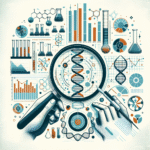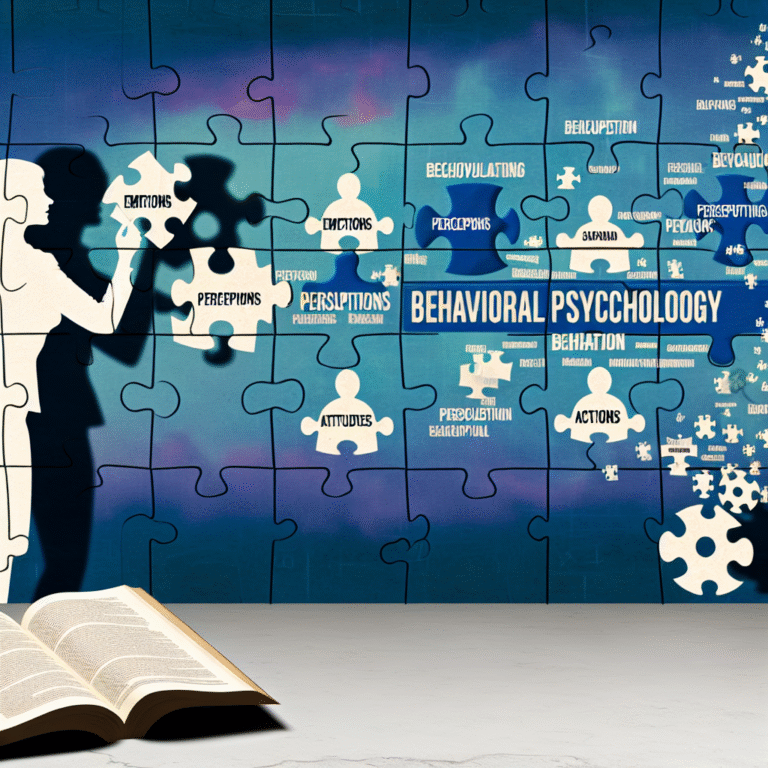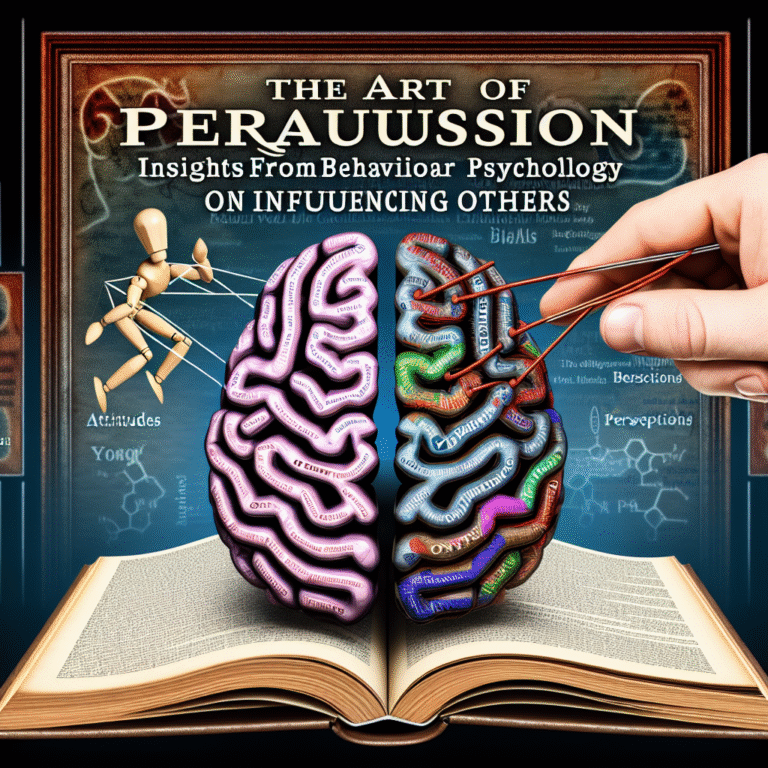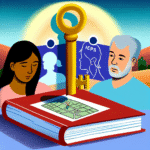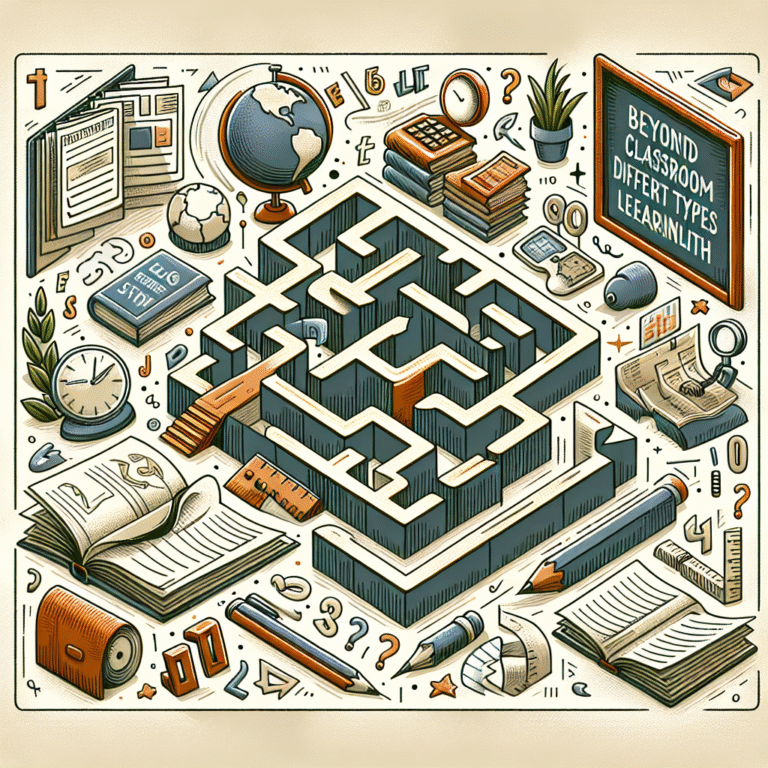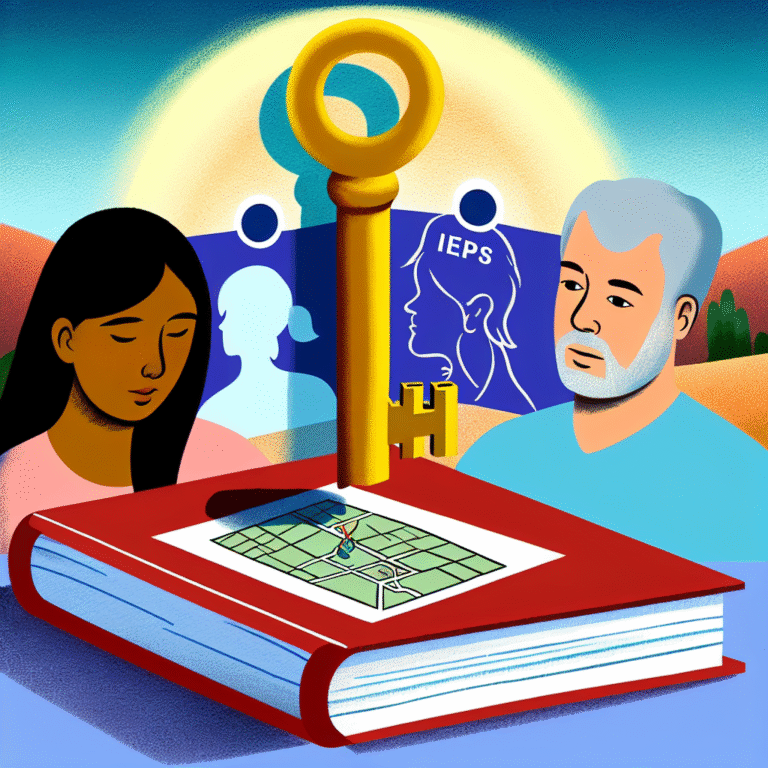Eating Disorders 101: Identifying Symptoms and Navigating Treatment Choices for Recovery
Introduction
Imagine that you’re at a social event, and as conversations flow, the topic turns to health and fitness. Suddenly, an air of discomfort fills the room when someone mentions eating disorders. It’s a topic that prompts silence, confusion, and even stigmas, yet it’s crucial in our society. Eating disorders, like anorexia, bulimia, and binge-eating disorder, affect millions of people, transcending boundaries of age, gender, and socio-economic status. In this article, "Eating Disorders 101: Identifying Symptoms and Navigating Treatment Choices," we aim to identify the signs of these serious conditions and provide comprehensive insights into treatment options, empowering readers to foster understanding, support, and recovery.
Understanding Eating Disorders
Eating disorders are complex mental health conditions characterized by unhealthy eating habits and disturbances in eating behavior. While it may seem straightforward, the underlying issues often include emotional, psychological, and sociocultural factors.
Types of Eating Disorders
Anorexia Nervosa: Marked by an intense fear of gaining weight, individuals with anorexia often see themselves as overweight, despite being underweight. Symptoms include severe calorie restriction, extreme exercise, and an obsession with food and weight.
Bulimia Nervosa: This disorder involves cyclic behaviors of binge eating followed by purging (vomiting, misuse of laxatives, fasting, or excessive exercise). It’s often driven by feelings of guilt and shame about eating.
Binge-Eating Disorder: Characterized by recurrent episodes of eating large quantities of food while feeling a lack of control. This often leads to guilt, shame, and distress.
- Other Specified Feeding and Eating Disorders (OSFED): This includes symptoms that don’t fully meet the criteria for the above disorders but still manifest serious consequences.
Identifying Symptoms: The First Step Toward Healing
Recognizing the symptoms of eating disorders is essential for early intervention and effective treatment. Below is a detailed guide to help identify the signs.
Table 1: Common Symptoms of Eating Disorders
| Disorder | Common Symptoms |
|---|---|
| Anorexia Nervosa | Severe food restriction, very low body weight, anxiety around food, distorted body image |
| Bulimia Nervosa | Binge eating followed by purging, secretive eating, extreme fluctuations in weight, dental issues due to vomiting |
| Binge-Eating Disorder | Recurrent binge eating without purging, feelings of disgust about binge eating, eating rapidly, eating alone due to embarrassment |
Case Study: Jessica’s Journey with Anorexia
Jessica was a high school senior who constantly felt pressure to conform to societal beauty standards. Initially, her decision to eat less was just a means to fit in, but it spiraled into anorexia. Friends noticed Jessica’s dramatic weight loss and her anxiety around meal times. Understanding the importance of intervention, one of her friends reached out to a counselor, which ultimately guided Jessica toward therapy and treatment.
Analysis of Jessica’s Case
Jessica’s story emphasizes the silent nature of eating disorders—they often flourish in obscurity until someone recognizes the signs. It illustrates the importance of having open discussions about body image and eating habits with loved ones.
Navigating Treatment Choices: Finding the Right Path
Understanding the symptoms is just one part of the journey. The next significant step is navigating treatment options, which can be overwhelming. Here we break down effective treatment methodologies.
1. Therapeutic Approaches
Cognitive Behavioral Therapy (CBT): CBT is a highly effective treatment for eating disorders. It helps patients rewire their thoughts about food and body image.
Family-Based Therapy (FBT): Particularly helpful for adolescents with anorexia, FBT involves family members in the recovery process, empowering them to help their loved ones.
- Dialectical Behavior Therapy (DBT): This approach focuses on understanding and managing emotions, which can be particularly beneficial for individuals with binge-eating disorder.
2. Nutritional Support
Working with a registered dietitian can help individuals learn about healthy eating habits and how to develop a more balanced relationship with food. This support is crucial in recovery, as nutritional needs are often neglected in the phases of eating disorders.
3. Medical Interventions
In some cases, medications like antidepressants (SSRIs) may be prescribed to help with underlying mood disorders and improve overall recovery outcomes.
4. Support Groups
Participation in support groups can provide a sense of community and belonging, helping individuals feel less isolated in their struggles. Groups focused on recovery can be incredibly motivational and provide shared experiences that facilitate healing.
Case Study: Mark’s Recovery from Binge Eating Disorder
Mark, a 28-year-old male, struggled with binge eating disorder for over a decade. After attending support groups and undergoing CBT, he learned coping mechanisms to deal with emotional triggers. Through this program, he developed insights about the root causes of his eating habits—primarily centered around stress.
Analysis of Mark’s Case
Mark’s journey highlights the importance of community support and therapeutic interventions. His experience reiterates that recovery is possible through the right resources and support systems.
Breaking the Stigma: Encouraging Conversation
Despite the prevalence of eating disorders, many still feel ashamed to discuss their struggles. Breaking down the stigma is crucial to creating an environment where individuals can seek help without fear of judgment.
Initiatives and Awareness Campaigns
Numerous organizations and campaigns promote awareness surrounding eating disorders, such as National Eating Disorders Association (NEDA) and Eating Disorders Coalition. They provide resources and organize events to educate communities and encourage open conversations.
Conclusion
Eating Disorders 101: Identifying Symptoms and Navigating Treatment Choices serves as an essential guide for understanding the complexities of eating disorders. By recognizing symptoms early, understanding the array of treatment options, and fostering supportive environments, recovery becomes a shared journey rather than a solitary battle.
Empowerment and Actions
Encourage conversations about eating disorders, seek help when needed, and support friends and loved ones in their healing journeys. Remember, recovery is possible, and you are not alone in this fight.
FAQs Section
1. What are the most common types of eating disorders?
The most common types include anorexia nervosa, bulimia nervosa, and binge-eating disorder.
2. How do I know if someone else has an eating disorder?
Signs may include drastic weight changes, obsessive behavior around food, secretive eating, and mood swings.
3. Can eating disorders be treated effectively?
Yes, with proper therapeutic approaches, nutritional guidance, and support, individuals can achieve recovery.
4. What professional help should I seek for myself or a loved one?
It’s essential to consult with a healthcare provider, therapist specializing in eating disorders, or a registered dietitian.
5. What role do family and friends play in recovery?
Family and friends can provide vital support, encouragement, and understanding throughout the recovery process, making a significant impact on a person’s healing journey.
Remember, you have the power to create a supportive community where understanding, redemption, and healing prevail—everyone deserves a chance at recovery. Together, let’s continue the conversation surrounding Eating Disorders 101: Identifying Symptoms and Navigating Treatment Choices, paving the way for compassion and awareness.



